The picture of the mouse without the filter is extremely bright, but with the filter I was able to see the High-key relationship. The area surrounding the mouse is clearly light, and the mouse has it’s own space to where this connection can be seen. Highlight throughout the mouse and the empty classroom can significantly be observed. The room is filled with shadow and the mouse has a minimal viewing of shadow nearby it. These two features have a strong impact on the expressive quality of the two potraits. The mouse creates a sense of isolation, like it’s in it’s own world away from the whole computer. High-key is defined as when the values of an image are predominately light.
When walking around the hallway I noticed that the entire class was filled with light, except the bottom corner. The corner of the classroom appeared to be presumably dark, in other words lowkey. Low-key can be defined as when the value of an image is predominately dark. The center of the classroom has a continous amount of light, therefore can be viewed as High-key. To be able to identify this portrait from the camera as high-key, you would have to zoom in.
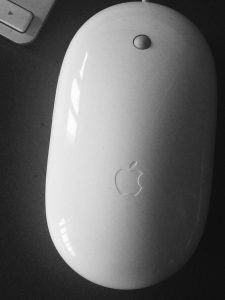
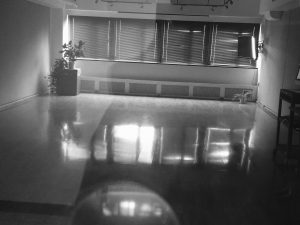
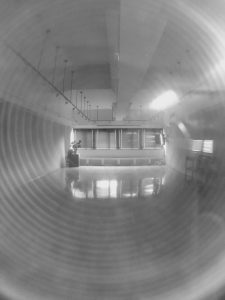
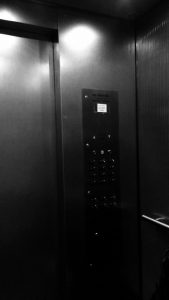
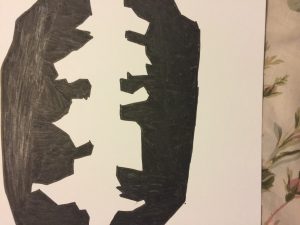
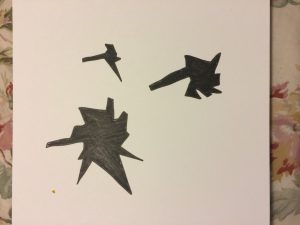

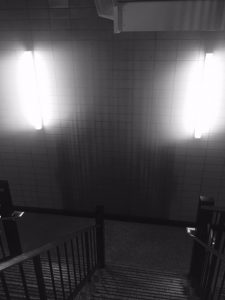
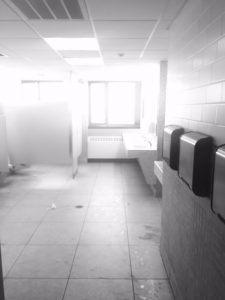
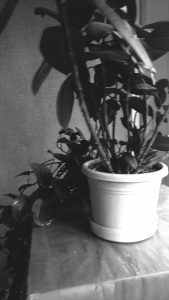
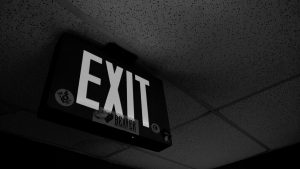
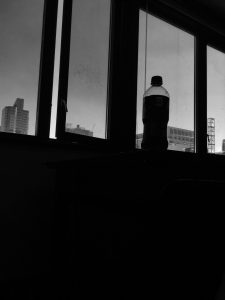
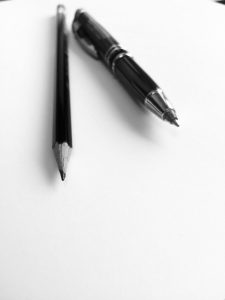



Recent Comments